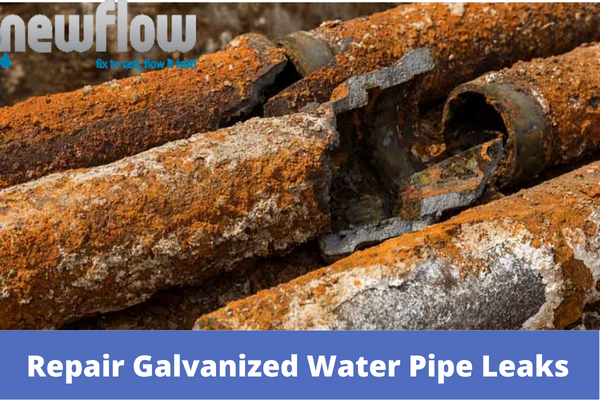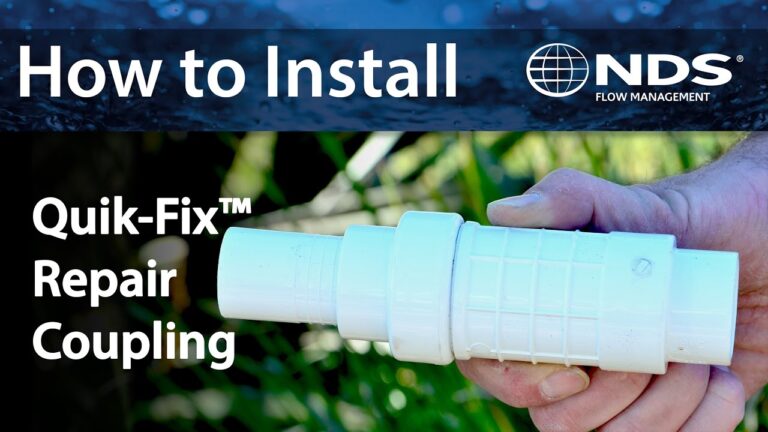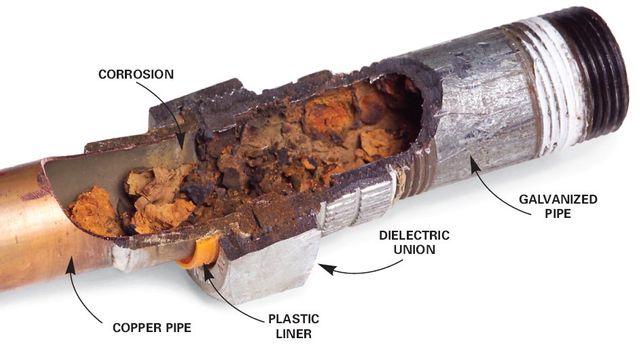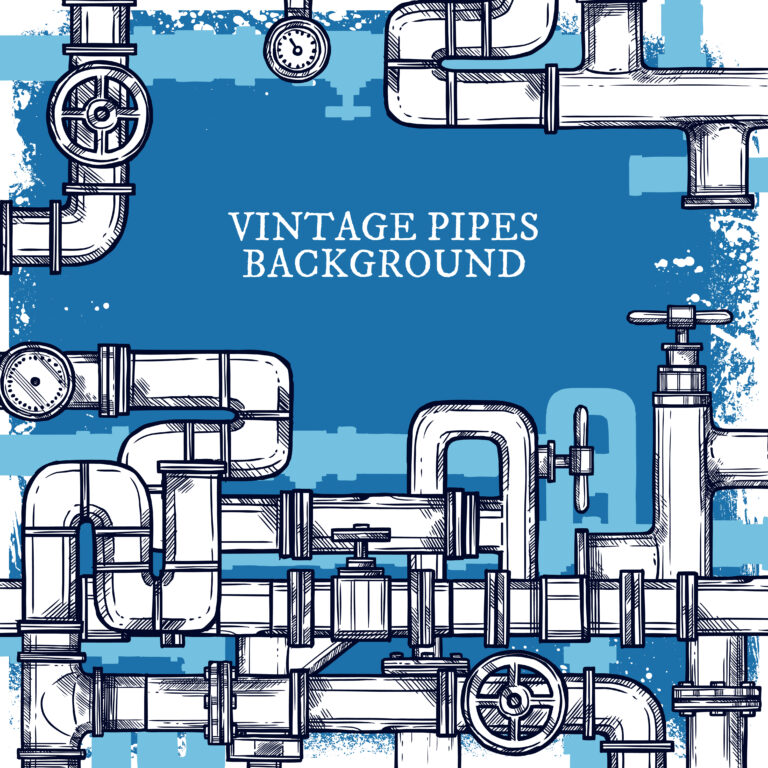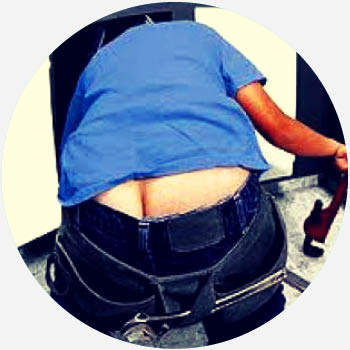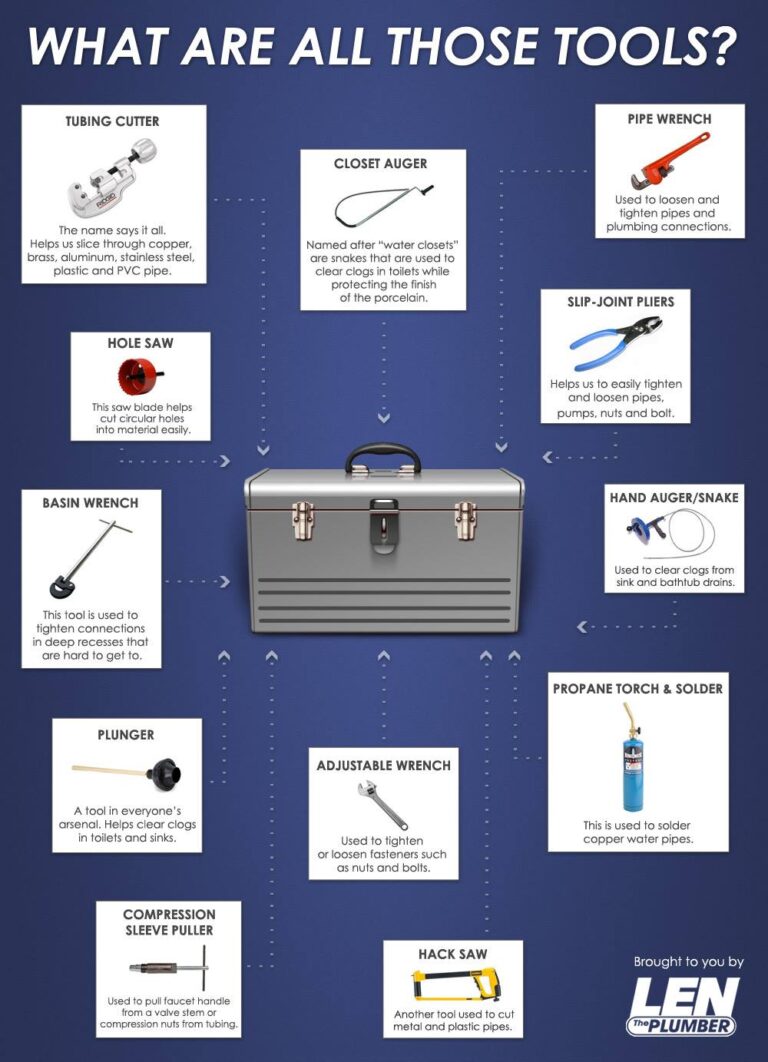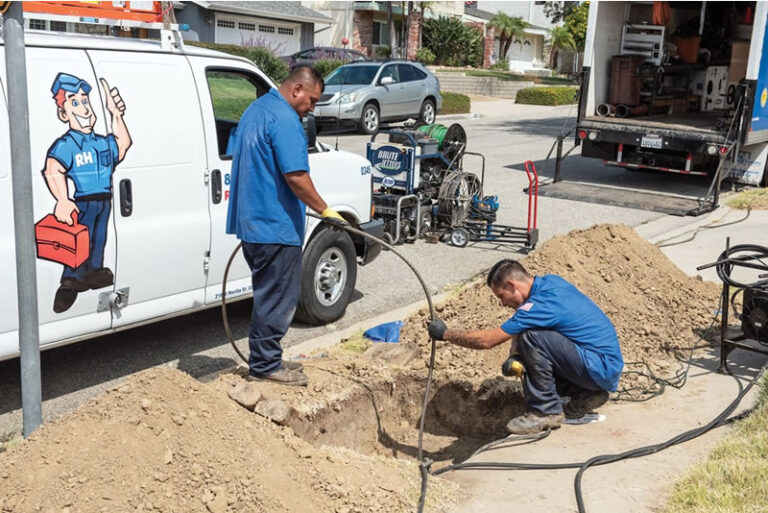How Do You Repair Galvanized Pipes?
Galvanized pipes are an important part of the plumbing system in many homes and businesses. However, these pipes are prone to corrosion, leading to leaks and other problems. Fortunately, repairing galvanized pipes is a relatively easy process that can be done by most homeowners or a professional plumber. This article will provide an overview of the steps involved in repairing galvanized pipes, including cleaning, patching, and replacing the pipes. With the proper tools and materials, you can repair galvanized pipes quickly and easily.
What is a Galvanized Pipe?
Galvanized pipe is a type of plumbing pipe that has been coated with zinc to prevent corrosion. This steel pipe is used in a variety of applications, such as for water supply lines, gas lines, and other plumbing systems. Galvanized pipes are typically made from steel or iron and have been treated with a zinc coating to help protect against corrosion. This helps to extend the life of the pipes and reduce the risk of corrosion. As time passes, the zinc coating on galvanized pipes can start to wear away and cause the pipes to corrode. This can lead to water leaks and other plumbing issues. Fortunately, there are steps you can take to repair the damaged galvanized pipes and restore them to their original state.
Common Issues with Galvanized Pipes
Galvanized pipes are an essential part of many residential and commercial plumbing systems, but unfortunately, they are susceptible to corrosion and other issues over time. Galvanized pipes are made of iron and covered in zinc to prevent corrosion. However, when left unchecked, galvanized pipes can experience a variety of issues due to the buildup of rust and sediment. Common issues associated with galvanized pipes include clogging, leaking, corrosion, and decreased water pressure. Clogs can occur when rust and sediment buildup cause a blockage in the pipe, preventing water from flowing freely. Leaks can occur when the pipe corrodes and breaks. Corrosion can also result in decreased water pressure, as the zinc covering begins to wear away. If you’re experiencing any of these issues, it might be time to repair your galvanized pipes.
Causes of Galvanized Pipe Damage
Galvanized pipes are a popular choice for plumbing systems, but like all materials, they can be prone to damage. Understanding the causes of galvanized pipe damage can help you identify issues with your system and take the necessary steps to fix them. Common causes of damage to galvanized pipes include corrosion, improper installation, and increased water pressure.
Corrosion is one of the most common causes of damage to galvanized pipes. Over time, the zinc coating on galvanized pipes can erode, leaving them vulnerable to rust and corrosion. In addition, the environment in which the pipes are located can contribute to corrosion. Areas with high levels of acid, such as near industrial sites, or areas with high levels of salt, such as near the ocean, can speed up the corrosion process.
Improper installation is another common cause of damage to galvanized pipes. If the pipes are not properly secured or connected, they can become loose and lead to leaks. Additionally, the pipes can become clogged due to debris or improper joining of pipes.
Finally, increased water pressure can cause damage to galvanized pipes. When water pressure is too high, it can cause the pipes to burst and lead to leaks. It is important to check the pressure of your pipes regularly to ensure that they are not too high.
By understanding the causes of galvanized pipe damage, homeowners can take steps to ensure that their pipes are in good condition. Regular inspections, proper installation, and keeping an eye on water pressure can all help to prolong the life of galvanized pipes and keep your plumbing system running smoothly.

Steps for Diagnosing Galvanized Pipe Damage
Galvanized pipes are a common plumbing material used in homes and businesses. While they are strong and reliable, they can suffer from wear and tear over time, leading to corrosion and leaks. Diagnosing and repairing galvanized pipes can be a daunting task for any homeowner or business, but with the right steps, you can confidently tackle the job.
The first step in diagnosing galvanized pipe damage is to inspect the pipes visually. Look for signs of rust, corrosion, or other damage. If the galvanized pipes are exposed, you may be able to see any issues from the outside. If not, you must remove the pipe and inspect it more closely.
Next, you will need to take measurements of the pipe to determine if it is still within acceptable tolerances. Pipes that have been damaged by corrosion and rust may need to be replaced.
The third step is to test the water pressure in the pipes. If the pressure is low, it can be an indicator of a leak or blockage in the pipes. You may need to use a pressure gauge to measure the pressure in the pipes properly.
Finally, you will need to repair any issues. If the pipes are still in good condition, you may be able to patch any holes or clean off any rust or debris. If the pipes are too far gone, you will need to replace them.
With these steps, you will be able to diagnose and repair galvanized pipe damage. By following the right procedures, you can ensure that your pipes are functioning correctly and are safe for use.
Methods for Repairing Galvanized Pipe
Galvanized pipes are pipes that have been coated with a thin layer of zinc to protect them from corrosion. Though their durability and longevity are beneficial, galvanized pipes can eventually corrode or become blocked due to sediment buildup. When this happens, the pipes must be repaired or replaced. Fortunately, there are several methods available for repairing galvanized pipes.
One of the most popular methods for repairing galvanized pipes is to use an epoxy-based lining. This epoxy-based lining is injected directly into the pipe and is designed to seal and prevent further corrosion. This is a relatively easy and inexpensive method that can often be done with minimal disruption to the area.
Another method is to use a galvanized coupling. This is a special connector that is inserted into the pipe to join the two pieces together. This method is also relatively simple and cost-effective, although it may require more work to prepare the area.
A third option is to replace the entire pipe with a new one. This method is the most costly, but it will provide the most reliable and long-lasting solution. It is also the most disruptive method, as the entire pipe must be removed and replaced.
Ultimately, the method chosen to repair galvanized pipes depends on the severity of the damage and the budget available. Before attempting any repair, it is important to consult an expert who can assess the situation and recommend the best solution.
Tips for Maintaining Galvanized Pipes
Galvanized pipes are often used in plumbing due to their durability and longevity. However, they are susceptible to rust and corrosion and require regular maintenance and inspection. To keep your galvanized pipes in top condition, there are a few tips and tricks you should follow.
Firstly, you should regularly inspect the pipes for signs of corrosion or rust. If you notice any, you can use a steel brush to remove the rust and fill in any gaps with a sealant. Additionally, you should also make sure that the pipes are kept clean and free of debris, as dirt and debris can contribute to corrosion.
You should also make sure to check for any cracks or leaks in the pipes. If you find any, you can use a patch kit to repair the cracks. However, if the cracks are too large or the pipes are too damaged, it might be best to replace the pipes.
Finally, you should also keep in mind that galvanized pipes are less resistant to extreme temperatures and should be insulated if exposed to such conditions. This will help keep the pipes in good condition and prevent them from corroding or rusting.
Following these tips will help keep your galvanized pipes in top condition and ensure that they last for years to come. Regularly inspecting your pipes, cleaning them, and patching any cracks or leaks will help maintain their structure and keep them functioning at their best.
FAQs About the How Do You Repair Galvanized Pipes?
1. What tools are needed to repair galvanized pipes?
You will need a hacksaw, adjustable wrench, pipe cutter, and an adjustable pipe wrench to repair galvanized pipes.
2. How do I know if my galvanized pipes need repair?
If you notice any signs of corrosion, discoloration, or rust on your galvanized pipes, they are likely in need of repair.
3. Is it necessary to replace galvanized pipes with new ones?
No, it is not always necessary to replace galvanized pipes with new ones. Depending on the extent of the damage, it may be possible to repair the existing pipe.
Conclusion
Repairing galvanized pipes can be done by either cutting out and replacing the damaged section or by using an epoxy putty to fill the damage. It is important to ensure that any repair is done correctly and that the right materials are used to ensure the longevity of the repair. If done correctly, galvanized pipes can be repaired and continue to last for years to come.

